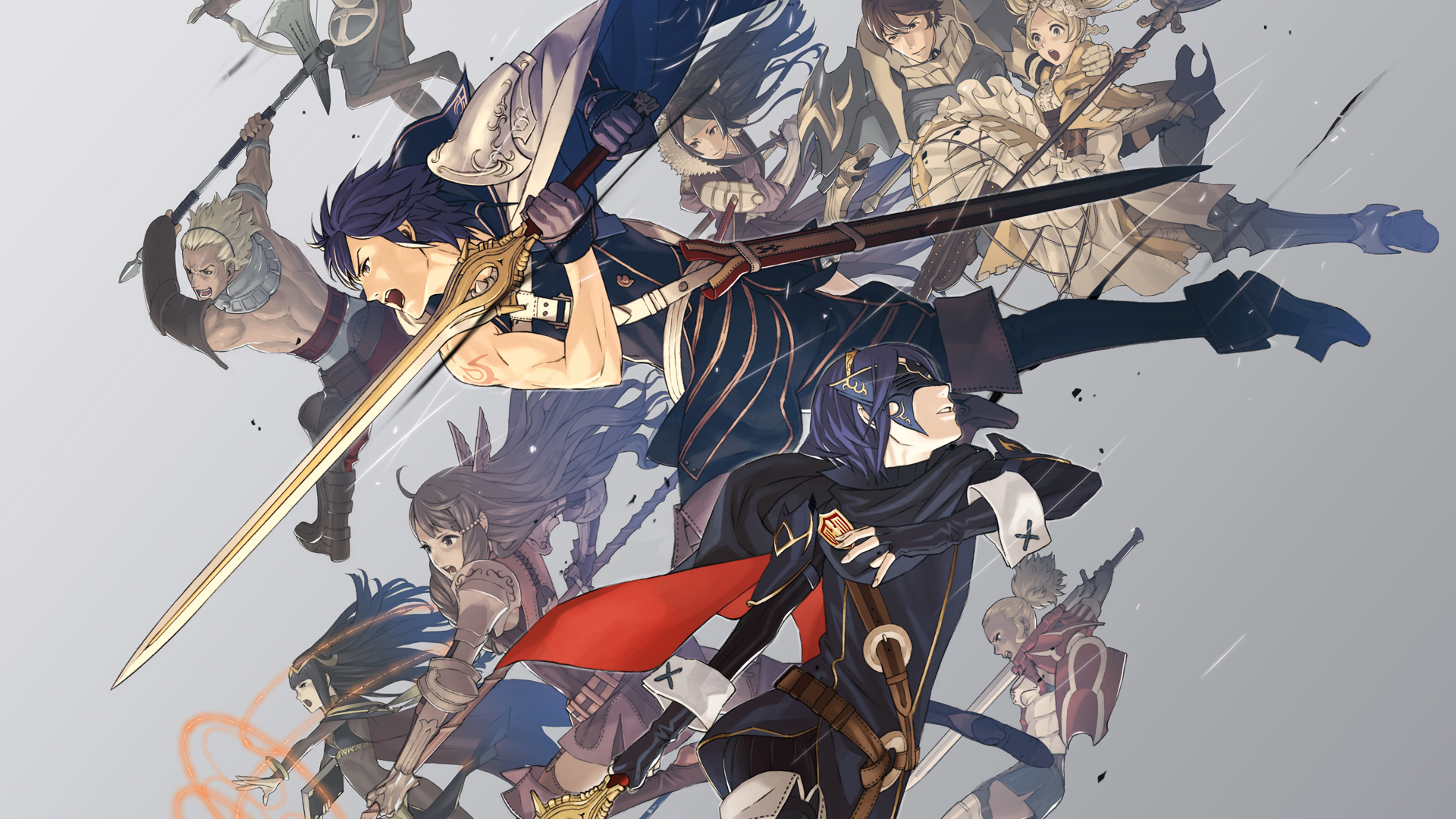Fire Emblem is one of the most beloved tactical RPG franchises in gaming history. But did you know it was on the brink of extinction at one point? Find out how the 3DS entry, Fire Emblem Awakening, saved the series.
Fire Emblem Awakening, released in 2012 for the Nintendo 3DS, is widely credited with saving the Fire Emblem series from potential cancellation. The developers at Intelligent Systems, were told by Nintendo that Awakening would be the last Fire Emblem game if it failed to sell above 250,000 units. At the time, the franchise was facing dwindling sales and waning interest, especially outside Japan.
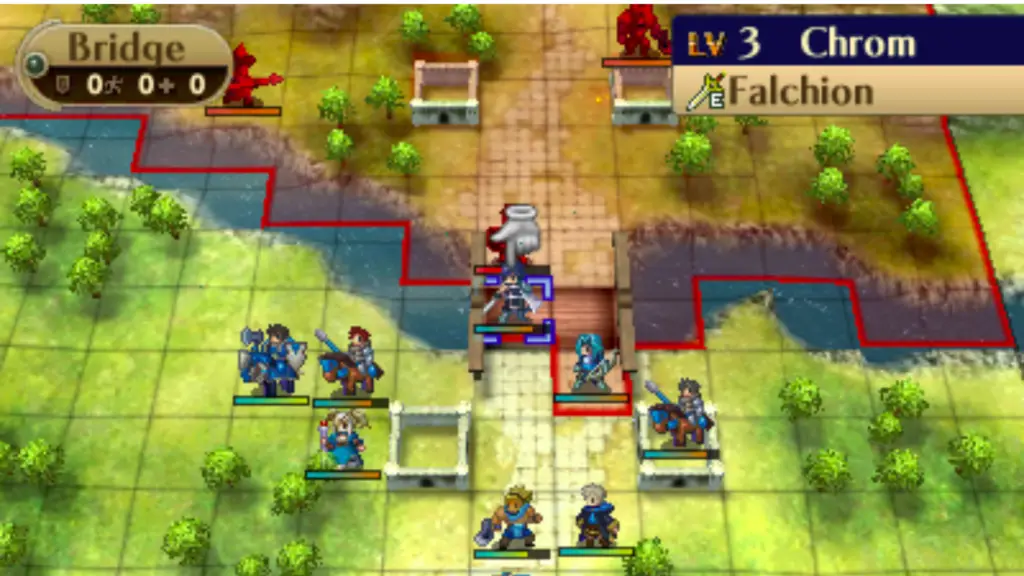
Intelligent Systems knew that Awakening might be the final installment if it didn’t perform well commercially. Their mission was clear: create a game that would not only appeal to the series’ core audience but also attract a broader, newer player base. What resulted was a pivotal moment in the series’ history, as Awakening revitalized the franchise and became one of its most beloved titles.
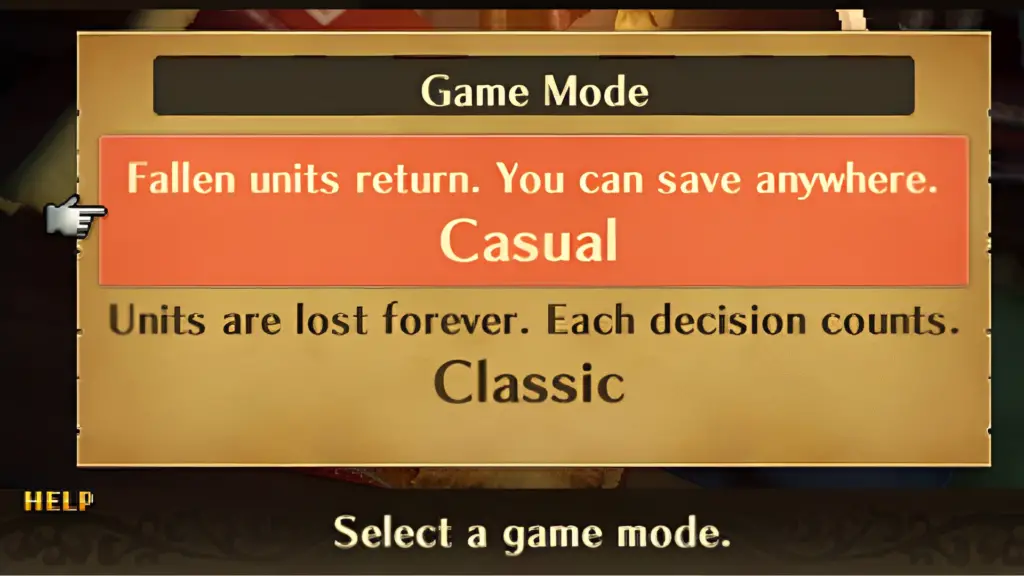
Several key decisions helped Fire Emblem Awakening become the franchise’s savior. First, the game introduced a more accessible difficulty system, allowing players to choose between a more casual mode, where units did not permanently die (a departure from the series’ hallmark permadeath), and the traditional “Classic” mode. This feature lowered the barrier of entry for new players intimidated by the high stakes of losing characters permanently, making the game more approachable without alienating veteran fans who preferred the original mechanics.
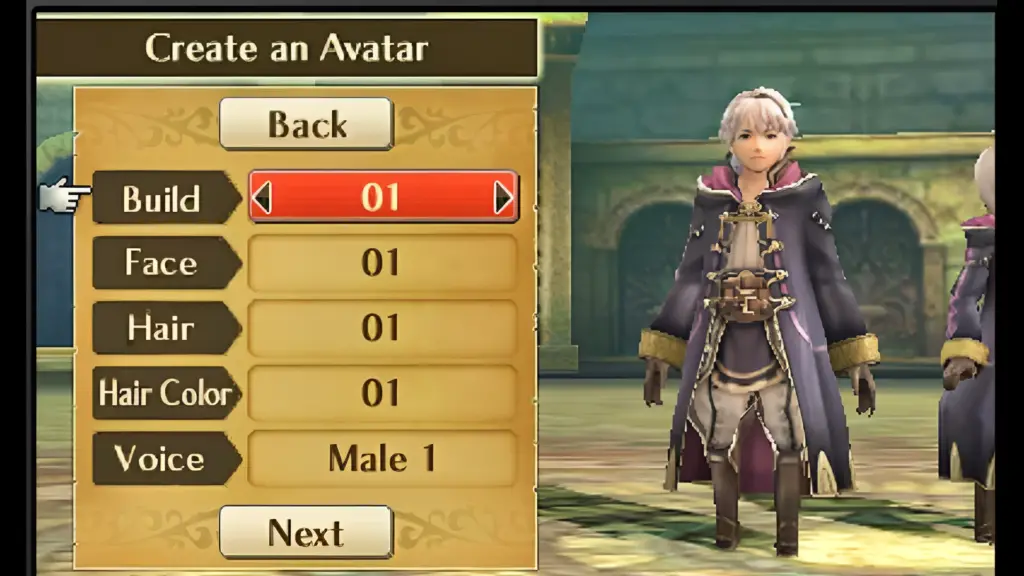
The main character, named “Robin” by default, was a blank slate, allowing players to customize their class, appearance, and gender.
Additionally, Awakening brought in stronger character development and social dynamics through its marriage and child system. Players could pair characters together, leading to new tactical advantages in combat as well as deeply personal connections between them. These relationships could lead to the birth of children who would later join the party, reflecting the attributes of their parents. This added an element of personal investment that greatly enhanced the gameplay experience and motivated players to explore different character pairings and strategies, fostering a unique blend of narrative and strategy.
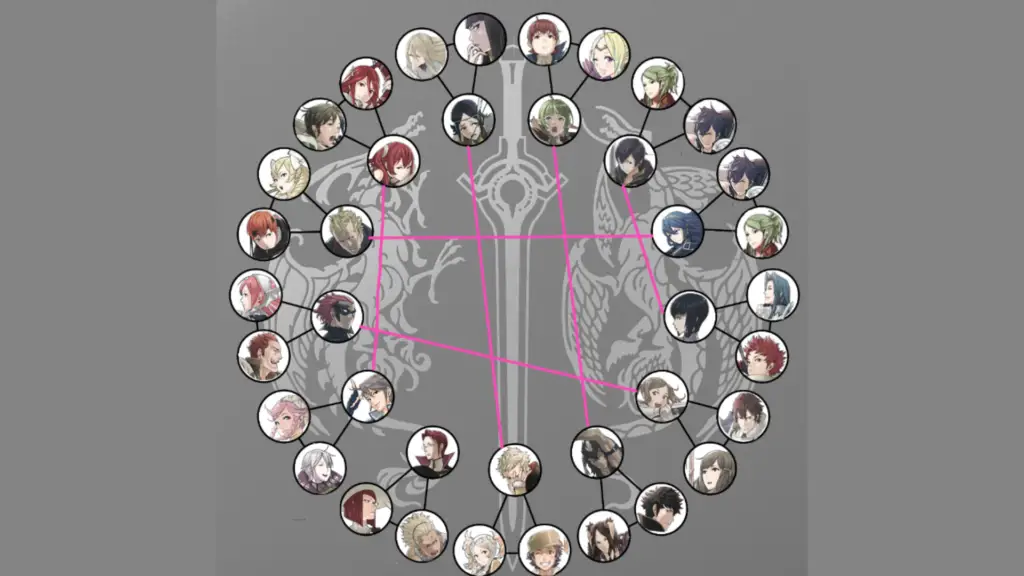
The success of Awakening was also due to its deep respect for the series’ roots while embracing modern trends in game design. It blended classic tactical gameplay with new mechanics wrapped in a rich, epic storyline with a strong cast of characters.
Critically acclaimed and commercially successful, Awakening sold over 2 million copies globally, proving that there was still a strong market for Fire Emblem. Its success led to the continuation of the series with subsequent releases, like Fire Emblem Fates and Three Houses, each building on the innovations introduced by Awakening.
In essence, Fire Emblem Awakening struck the perfect balance between honoring its legacy and adapting to modern gaming sensibilities. Without its success, the Fire Emblem franchise might not have seen the renewed popularity it enjoys today. It wasn’t just a game that kept a series alive—it redefined what that series could be.

